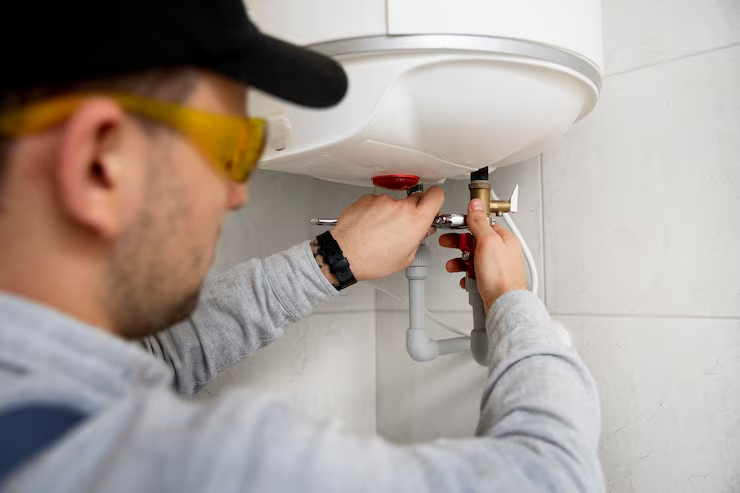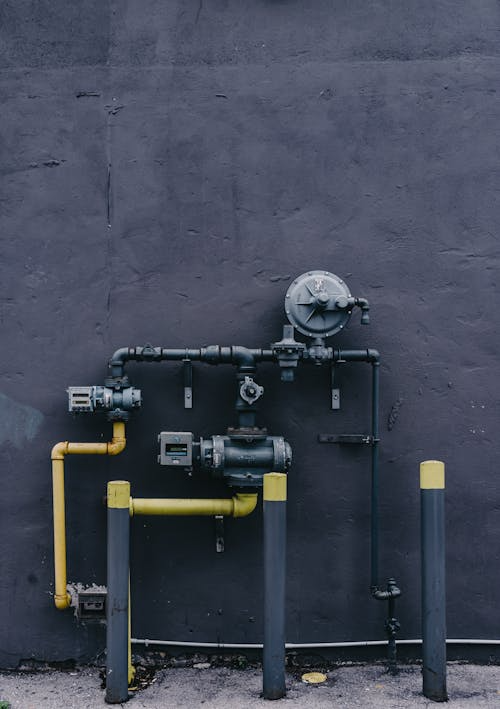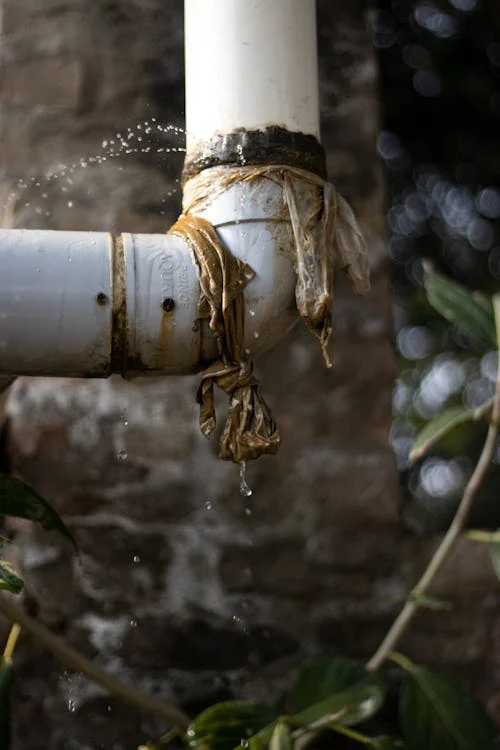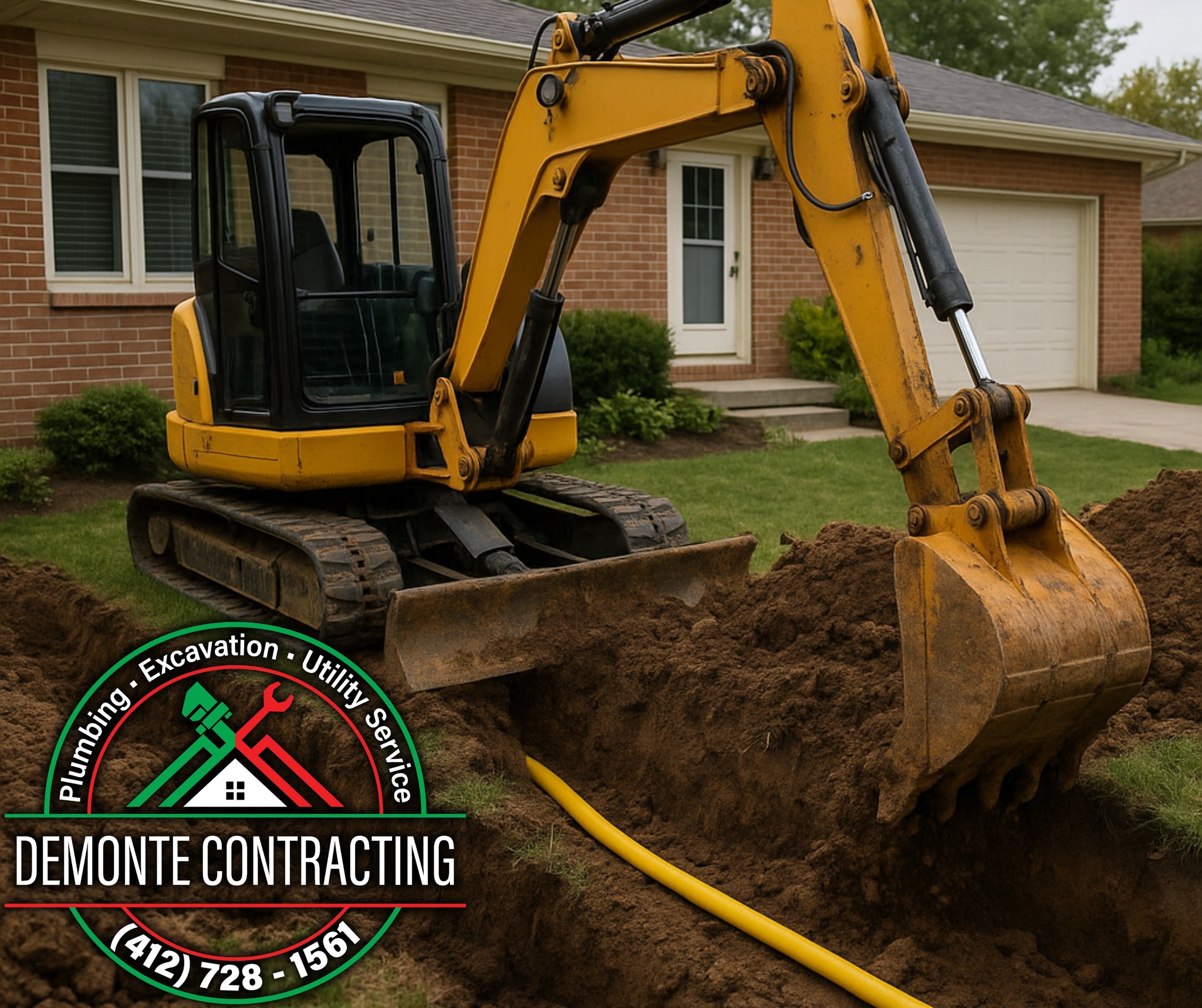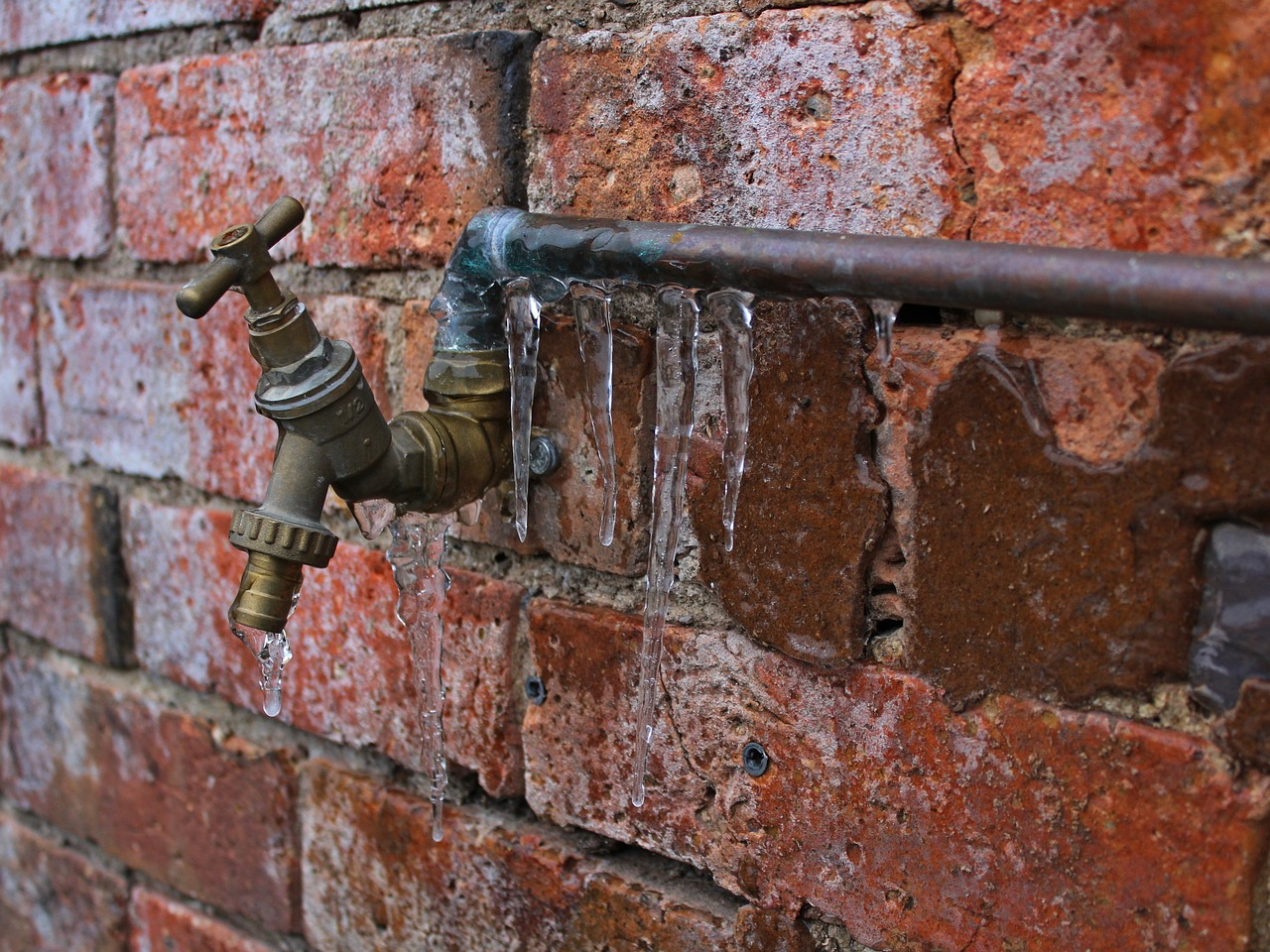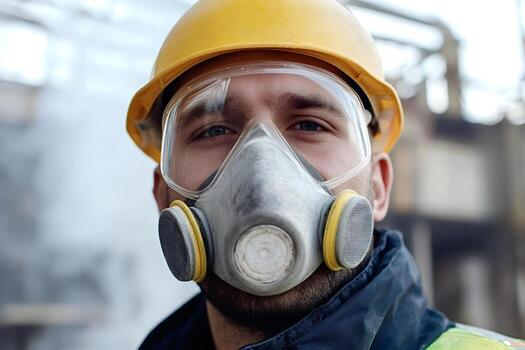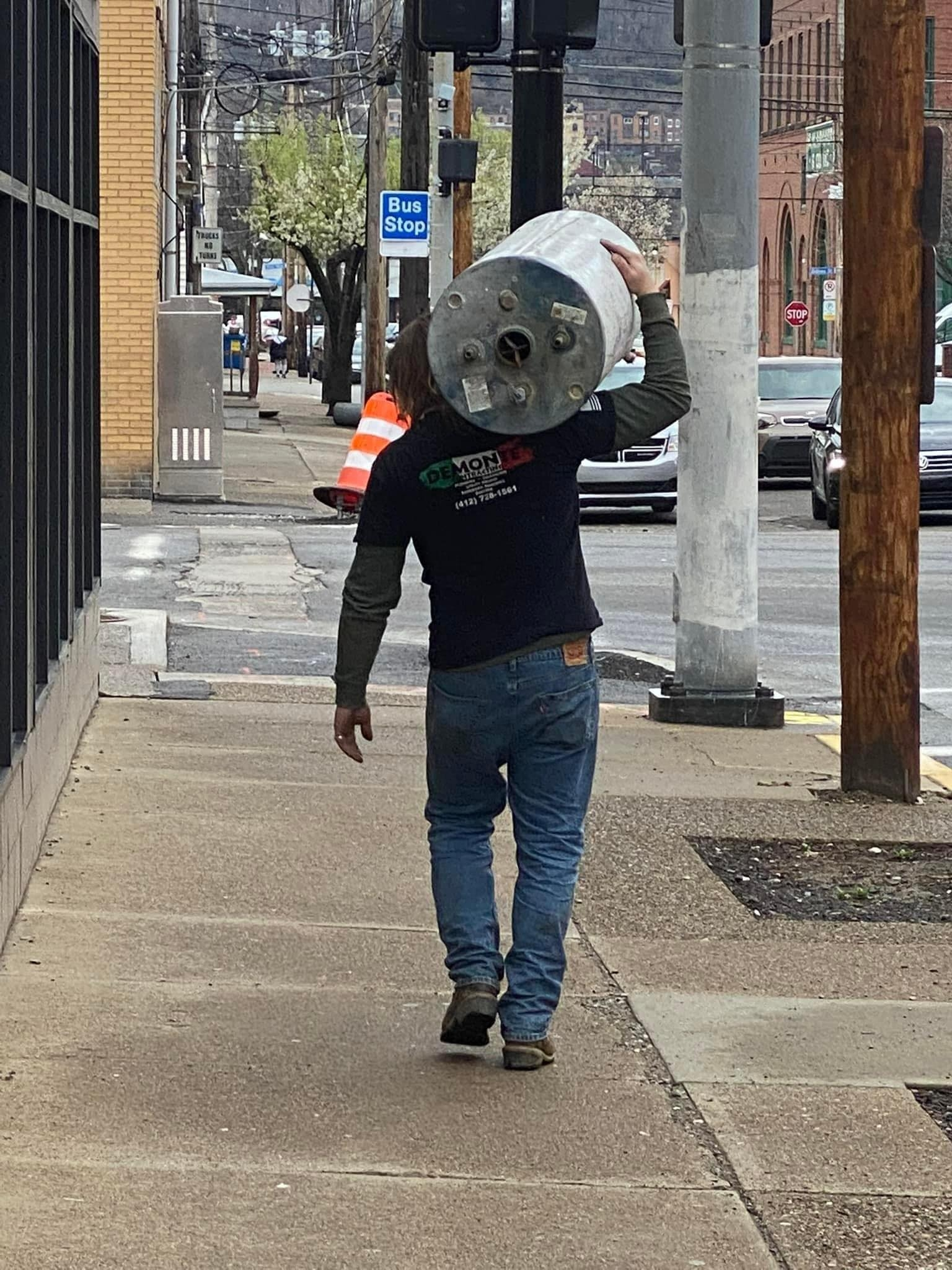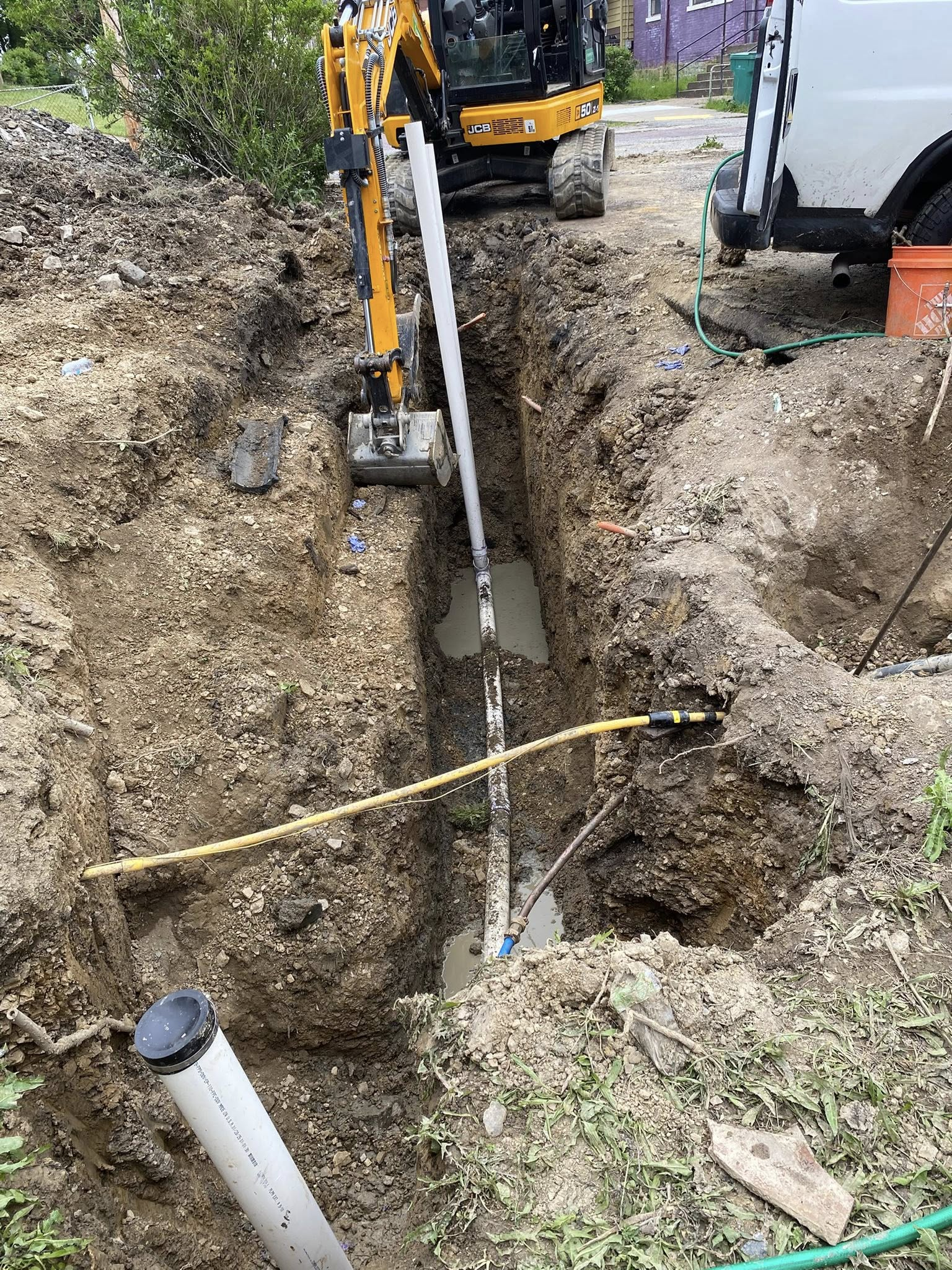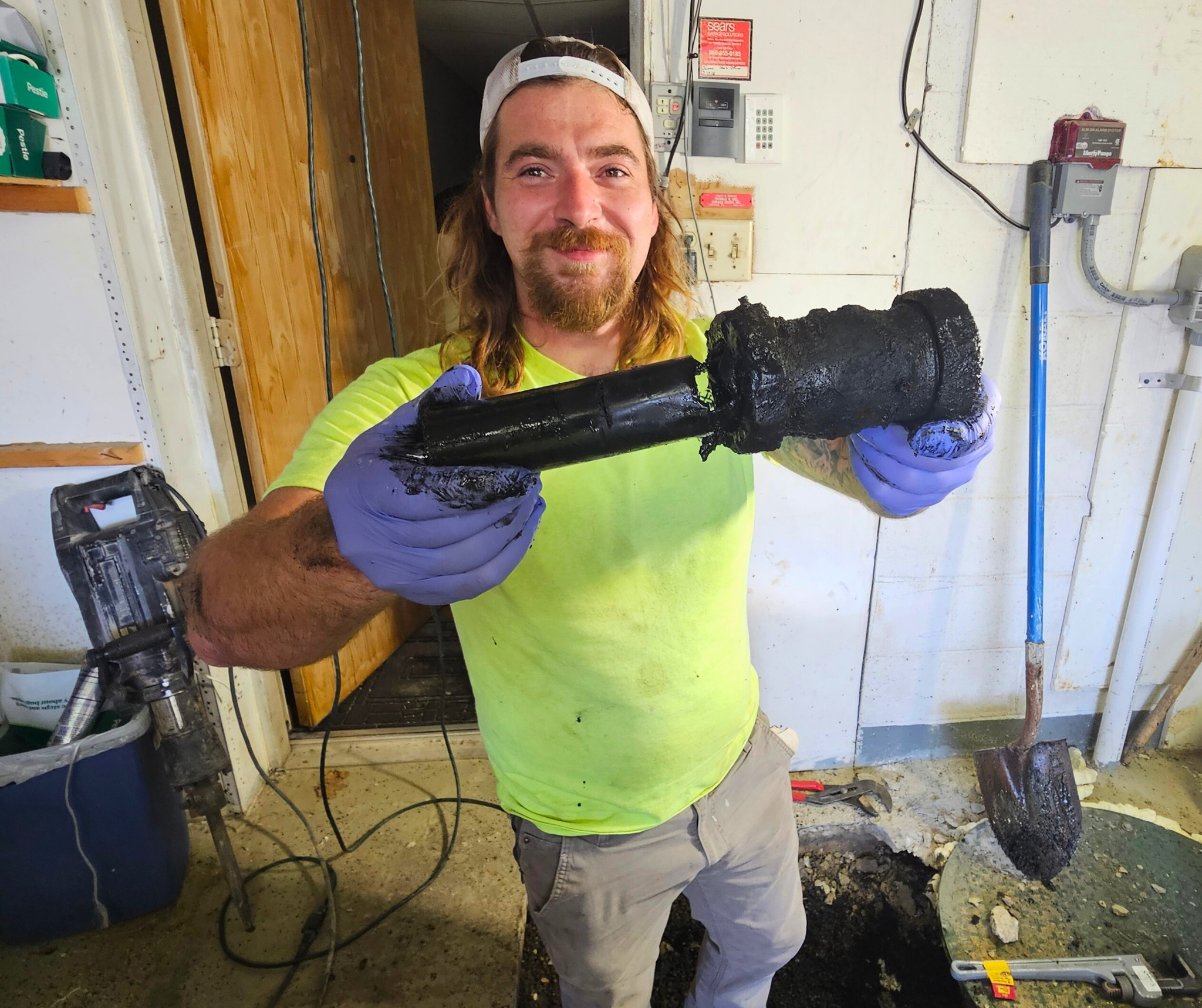Why Choose DeMonte Contracting for Your Plumbing & Utility Line Needs?
DeMonte Contracting has been serving Western Pennsylvania for years, building a reputation for quality workmanship, reliable service, and customer satisfaction. When you choose us for your plumbing and utility line needs, you're choosing a company that prioritizes excellence in every aspect of our service. Our commitment to "We Move Fluids" means we handle everything from water and sewer lines to gas lines with precision and expertise.
Our team of licensed and insured technicians brings extensive experience to every job, whether it's a routine plumbing repair, a complex gas line installation, or an emergency sewer line replacement. We understand that plumbing and utility line issues can be stressful and disruptive, which is why we work efficiently to resolve problems quickly and effectively, minimizing inconvenience to your home or business. Every technician on our team is trained to handle the unique challenges of Western Pennsylvania's diverse property types and infrastructure.
At DeMonte Contracting, we use modern equipment and proven techniques to deliver reliable, long-lasting solutions. From advanced video inspection technology for sewer lines to trenchless repair methods that minimize property disruption, we leverage the latest tools and techniques to provide superior service. Our commitment to staying current with industry best practices ensures that you receive the most effective solutions available. We invest in state-of-the-art equipment because we know it makes a difference in the quality and speed of our work.
We offer comprehensive services for both residential and commercial properties throughout Allegheny County, Westmoreland County, and Butler County. Whether you're a homeowner dealing with a burst pipe, a business owner in need of commercial plumbing maintenance, or a property manager requiring utility line installation, our team has the expertise to handle your needs. Our commercial plumbing services are designed to minimize downtime and keep your business operations running smoothly.
Transparency and honesty are core values at DeMonte Contracting. We provide detailed, upfront estimates for all our services, so you know exactly what to expect before we begin work. Our competitive pricing reflects our commitment to fair, honest business practices, and we stand behind our work with comprehensive warranties and satisfaction guarantees. We believe in building long-term relationships with our customers based on trust and quality service.
Emergency situations require immediate attention, and that's why DeMonte Contracting offers 24/7 emergency service throughout our service area. Whether you're dealing with a burst pipe flooding your basement, a gas leak requiring immediate attention, a sewer backup creating health hazards, or a water line failure leaving you without water, our emergency response team is ready to help when you need us most. Our rapid response times mean we can often be on-site within an hour for urgent situations.
Our commitment to customer satisfaction extends beyond just completing the work. We take the time to explain what we're doing, why it's necessary, and how to prevent future issues. Our technicians are not just skilled professionals—they're also excellent communicators who ensure you understand every aspect of your plumbing system and the work being performed. We want you to feel confident in the work we do and knowledgeable about your property's systems.
When you work with DeMonte Contracting, you're working with a team that understands the importance of proper fluid management. From ensuring clean water flows into your property to safely removing wastewater and managing gas lines, we handle all aspects of fluid movement with expertise and care. Our "We Move Fluids" philosophy means we're committed to keeping your property's essential systems functioning properly.

